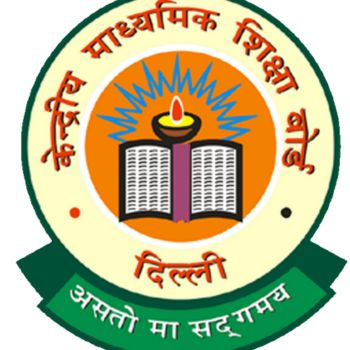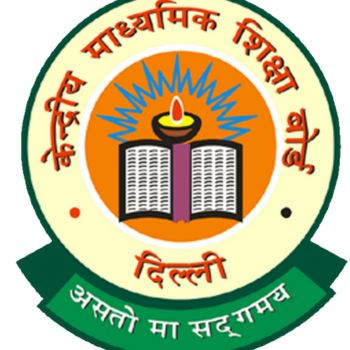BA Fine Arts is an undergraduate program that develops the practices and abilities of imagination, expression, and art based on a coordinated combination of thought and practice. The course is divided into six semesters and has a number of core subjects, including drawing, design, color theory, sculpture, printmaking, and art history. The students have both studio and classroom learning so that they can establish a firm background on both the traditional and modern elements of art.
The program also contains electives and specialisations, which allow students to focus their studies on individual areas of interest such as painting, photography, applied art, or digital design. BA Fine Arts provides a combination of subjects like communication skills, environmental studies, and professional portfolio development in addition to equipping the graduates with either a career-related or more academically oriented growth in the creative industries sector or the fine arts.
Table of Contents
BA Fine Arts Syllabus in Govt University
The BA Fine Arts program provides a curriculum that combines theoretical knowledge with studio work over six semesters. It provides fundamental fields which include drawing, design, color, art history, aesthetics, and composition. The Guru Nanak Dev University follows this systematic curriculum.
BA Fine Arts Syllabus in a Private University
The Bachelor of Arts Fine Arts provides an core art skills, applied contemporary techniques and experimental practice with both hands-on and theoretical study. Students learn the art to work in very varied careers in the visual arts, with a broad selection of electives and specialization opportunities. This course is available at Lovely Professional University (LPU).
Also Read: BFA Applied Arts
FAQs
What are the main subjects included in the BA in Fine Arts syllabus?
The BA in Fine Arts syllabus covers a comprehensive blend of theory and practical art studies. The main subjects typically include drawing and sketching, painting in various mediums (like watercolor, oil, and acrylics), sculpture and clay modeling, printmaking (such as etching and screen printing), photography, computer graphics, art history and appreciation, aesthetics and art theory, design and composition, and communication skills. These disciplines are designed to give students a foundational understanding of visual arts, critical thinking, and creative expression throughout their studies.
Which subjects in Bachelor of Arts Fine Arts help develop practical skills like sculpture and printmaking?
Sculpture and clay model making are some of the basic practical subjects that challenge the student to work with three dimensions on a form. The students gaining hands-on experience in sculpting different materials, such as clay, plaster, or wood are taught the knowledge on form, space, anatomy, and the very process of creating physical structures that fall in the boundaries of art. Another practical topic is printmaking; the forms taught in this subject are traditional (etching, lithography, and lino-cut) and modern (screen printing).
In what ways does the syllabus of BA Fine Arts prepare students for professional careers in fine arts?
The BA Fine Arts curriculum is a combination of studio practice and theory, which fosters creativity, problem-solving solving and technical skills. It exposes both project work, exhibitions, internships, and portfolio development, introducing the professional skills required of the teaching, independent art practice, design, curation, and creative industries. Severe education or exposure to diverse forms of art and media promotes flexibility and creativity, attributes appreciated in the present-day art market.
How will mastering practical subjects like sculpture and printmaking benefit me professionally?
Sculpting and printmaking are competitive skills that can be applied and used in traditional and modern art, respectively. You can produce and display your own works of art, help on a public piece, or even work in such creative sectors as publishing, advertising, or design studios. It also provides possibilities to teach, create commissioned works, and opportunities in exhibitions or artist-in-residence, strengthening the network and name of your work as well.











